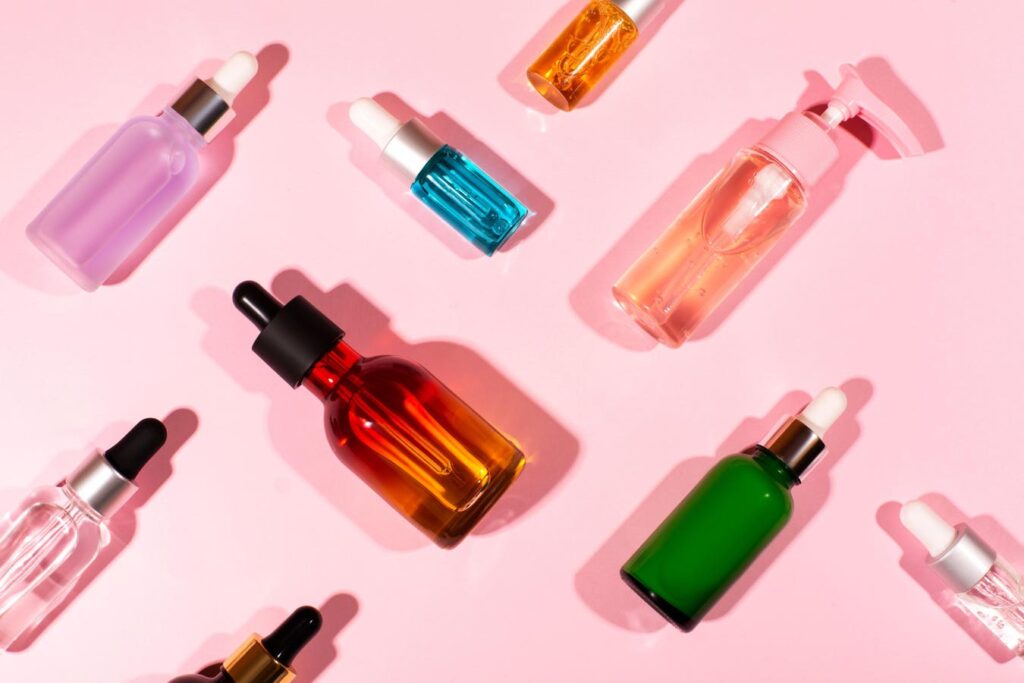Wayne Liu is the Chief Growth Officer and President of Perfect Corp America.
The lipstick effect, the idea that consumers splurge on small luxuries like lipstick in economic downturns, has long been a reliable trend in the beauty industry. But this time, it’s different. Despite economic pressures, beauty sales are not holding up as many would expect. Leading brands reported declines in 2024, signaling to me that the promise of an instant confidence boost from a $5 lipstick may no longer satisfy consumers.
Instead, a more profound transformation is underway: the rise of wellness and longevity as the new frontier of beauty. Consumers are no longer chasing fleeting aesthetics but are also investing in skincare, leading to projected growth for the industry. This shift represents more than just a new trend—it’s a fundamental redefinition of beauty’s role in our lives.
From Beauty Trends To Wellness Science: A Natural Evolution
In my previous Forbes article, Beauty Innovations: 5 Trends Redefining The Consumer Experience, I explored how AI, personalization and biotechnologies were reshaping the beauty industry. But as consumer priorities evolve, another layer is emerging: the convergence of beauty, health and longevity science.
This shift isn’t just about looking good; it’s also about feeling good and aging well. I believe consumers want more than superficial solutions; they seek science-backed, longevity-driven beauty products that reflect their commitment to holistic well-being.
The Skin: A Window Into Internal Health
Dermatologists and longevity researchers alike emphasize that skin, and skin chemistry in particular, is a powerful biomarker, a reflection of what’s happening inside the body. This connection is evident in multiple ways:
• The gut-skin axis: Studies have suggested that skin conditions may be linked to what’s happening in the gut (such as the link between Celiac disease and skin conditions). Research also suggests that inflammation in the gut may be linked to skin conditions.
• Stress and skin health: Stress can exacerbate numerous skin conditions. For me, the rise of stress-adaptogenic skincare ingredients—such as ashwagandha and niacinamide—underscores the growing understanding of the skin-mind connection.
• Nutrient deficiencies and skin health: Vitamin and mineral deficiencies can lead to dryness, pigmentation issues and photosensitivity. The rise of nutraceuticals and ingestible skincare, from collagen supplements to probiotics, likely reflects consumers’ desire to nourish their skin from the inside out.
This scientific foundation reinforces the idea that the skin can act as a mirror of internal health.
Investment In Longevity Signals A New Beauty Era
Consumers are not just driving this shift; it’s also attracting serious investor capital. According to Vogue Business (paywall), Clinique La Prairie, a clinic that offers longevity retreats, has launched a targeted €100 million Longevity Fund “dedicated to scaling companies bridging science and longevity.”
In my opinion, moves like these signal a paradigm shift: Beauty is no longer about short-term fixes but about extending healthspan and skin longevity through science-backed innovations. Investors are likely to look for brands that merge scientific rigor with consumer appeal with everything from nutraceuticals and regenerative skincare to AI-driven longevity diagnostics.
I have seen a rise in products that aim to slow the body’s “cellular clock” through treatments, wearables or supplements. The beauty industry should recognize this transformation and invest in developing products that reflect this longevity-first mindset.
What This Means For Beauty Industry Leaders
The traditional model of selling aspirational beauty is no longer enough. I believe consumers are becoming interested in credible, science-backed solutions that support long-term well-being. Here’s how beauty brands can adapt:
1. Position skin as a wellness metric: Move beyond concealment to correction. For example, companies are offering products like probiotics for the gut-skin axis or anti-inflammatory serums aiming to address root causes. Educate consumers on skin’s telltale signs, linking redness or texture to inner health.
2. Invest in biomarker-based personalization: With AI and skin diagnostics advancing rapidly, brands should prioritize hyper-personalized skincare regimens based on real-time biomarker data. Brands can develop tracking tools that give them insights into their hydration levels, inflammation markers and antioxidant capacity.
3. Bridge emotional well-being with functional benefits: Consumers don’t just want products that work—I’ve found that they want experiences that enhance emotional well-being. Brands that integrate elements like mood-enhancing scents, adaptogenic ingredients and AI-driven self-care are likely to stand out in the longevity-driven beauty landscape.
The Takeaway: Beauty As A Health Investment
The days of beauty as a mere aesthetic enhancement seem to be fading. Longevity, wellness and scientific innovation are defining the next era of the beauty industry. Skin isn’t just a canvas; it can be a real-time indicator of internal health. This isn’t just a trend for beauty brands; it’s a paradigm shift. I believe those who embrace biomarker-driven, longevity-focused innovations can meet consumer demand and lead the future of beauty and wellness.
Forbes Business Council is the foremost growth and networking organization for business owners and leaders. Do I qualify?
Read the full article here

